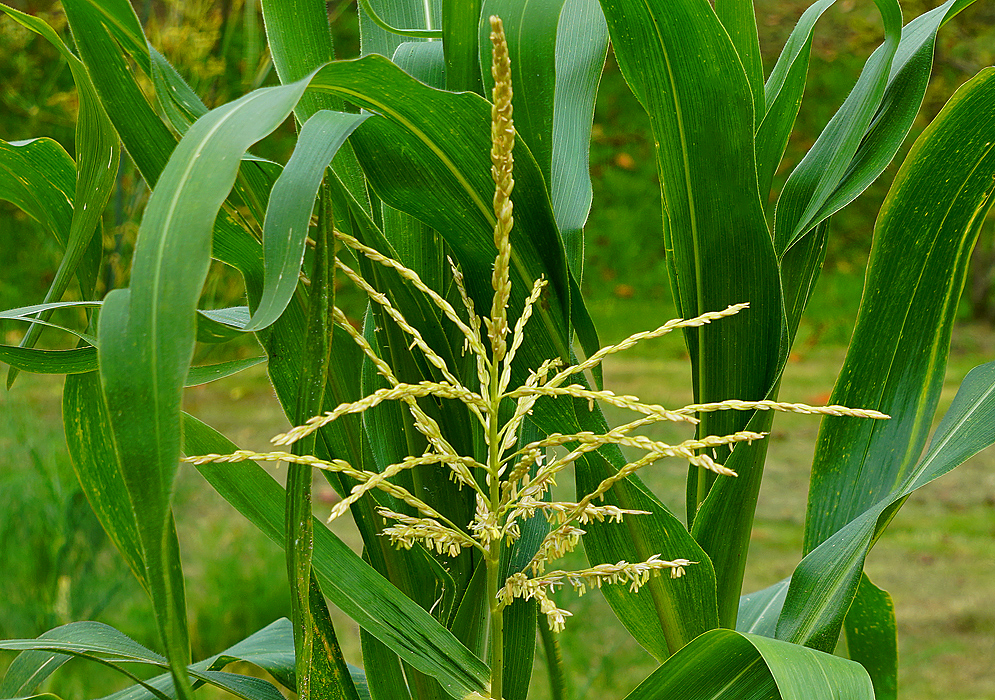This post has 11 Simple Fields-fields attached. Show fields.

A staple cereal of global importance with its roots deeply embedded in the Americas. Cultivated by indigenous peoples in southern Mexico around 10,000 years ago, the plant has since become one of the most widespread food crops worldwide. The initial domestication is believed to have taken place in the Balsas River Valley of tropical southwestern Mexico between 9,000 and 8,600 years ago, with the plant's culture spreading through much of Central and South America before 4,000–3,000 BC. The domesticated variety of corn is thought to have been derived from the wild grass Zea mays parviglumis, known as Balsas teosinte. It was a transformative agricultural development that led to corn's prominence in human civilization. By the time European colonists arrived in North America, corn's cultivation had reached as far north as southern Maine. In the United States, corn is the most important crop, essential not only as a food source but also as livestock feed, for biofuel production, and as a raw material in industry. Photographed in Bogotá, Colombia.



